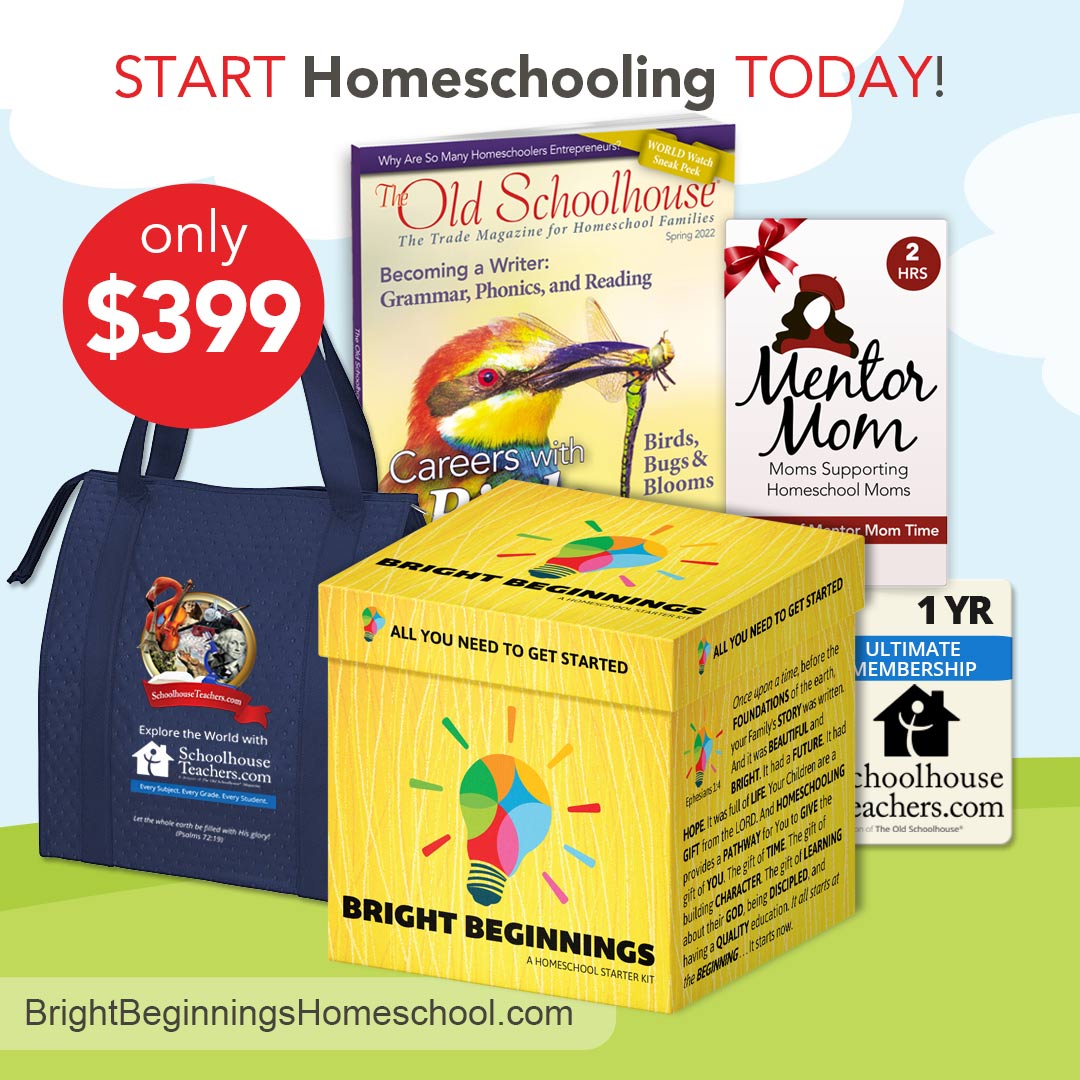
Spring, summer and fall are all times when you can focus on the different stages of growth with some of these raised bed gardening ideas. Whether you grow food, medicinal herbs or flowers, you can make it a learning adventure for you and your children. Read through these different gardening styles with your children, springboarding off the ideas here to search out and learn more about each approach.
A Look at Different Types of Gardening
Depending on the space and amount of time you have, there are several types of gardening to choose from:
- Vertical Gardening
- Flower Gardening
- Vegetable Gardening
- Fruit Gardening
- Herb Gardening
- Community Gardening
- Balcony/Container Gardening
Gardening is also a wonderful way to learn about and see the many blessings we receive from the Lord.
- A growing season during which fruit and vegetables ripen
- A variety of seasons to allow for both rest and growth
- An amazing variety of fruits and vegetables for our food over the colder winter months and for our delight in different flavours, textures, and colours
- The Lord provides for our needs.
- Just as we look after plants by planting and watering them, the Lord provides ways for us to be nourished spiritually such as through reading His Word, prayer, listening to sermons, and singing hymns.
- That we have been called by the Lord to be good stewards over His creation
Vertical Gardening
Vertical gardening is where your plants grow tall or high rather than low or spread over the ground. You can use trellises, poles, wire, mesh, or other materials to have plants such as beans, peas, grapevines, tomatoes, peppers, and sunflowers to climb up as they grow.
Flower Gardening
Flowers include both annuals and perennials so if you decide to grow both, you will have some flowers that will need to be planted new each year and others which will come up year after year. Because flowers bloom at different times through the growing season, it can be fun to choose flora that will blossom at varying times so that you will have flowers to enjoy over several months. You may like to grow cut flowers to then be able to arrange in a vase on the table as well as bless others with bouquets from your yard.
Vegetable Gardening
There are many vegetables to choose from for planting and growing. To extend the growing season at the beginning, seeds can be started indoors and then planted outside when the soil is warmer and there is no danger of frost. Later in the season, you can cover vegetable beds with an A-frame to extend the growing season. Before planting, check how many days to maturity it takes for the vegetables to be ready to harvest. Depending on your preference, you may select to grow root crops (potatoes, radishes, and others) or leafy greens (lettuce, arugula, and more). Some vegetables you may like to try growing include
- Radishes
- Beans
- Peas
- Zucchini or Squash
- Lettuce
- Turnips
Fruit Gardening
If space is at a premium in your yard, try espaliering your trees along a fence or wall to maximize space. As with vegetables, there are many kinds of fruit you can grow depending on the growing zone you are in and your gardening goals.
- Apricots
- Apples
- Pears
- Plums
- Sour cherries
- Pin cherries
- Raspberries
- Strawberries
- Haskap berries
- Seabuckthorn berries
Herb Gardening
One of the joys of gardening is that you can grow herbs for use in dishes and recipes you make at home. It can be very rewarding to include flavors in your meals that you grew.
- Parsely
- Cilantro
- Basil
- Dill
- Mint
- Sage
- Rosemary
- Thyme
- Tarragon
- Lavender
Before planting herbs, you may like to decide which recipes you want to make and then plant the ones you will need to use for those recipes.
Community Gardening
Community gardening can be a way for your family to not only grow vegetables and other plants but also get to know neighbors and community members. There may be events held every so often for community gardeners to meet and exchange gardening knowledge.
With community gardening, you will need to let a community association or other organization know about your interest in being assigned a vegetable bed or plot. It is best to reach out to the association or organization as early as you can, perhaps even during the winter, to express your interest in having a vegetable bed for the coming growing season.
Balcony/Container Gardening
This is a great option for smaller garden spaces as plants are grown in containers. It can work to maximize space by growing a combination of ground plants and vertical-growing plants in the same containers. An advantage of container gardening is that plants which need a longer growing season can be brought indoors when it is cold outside for a night or two but still be outside during the day when it is warm.
Yes, gardening can be difficult either with the weather - when there is a dry spell or a late or early frost - or when you are trying to grow a plant for the first time. However, the satisfaction of successfully growing your own fruits, vegetables, and herbs and incorporating them into favorite family recipes is like no other. You will also learn and discover new things along the way which will make for rewarding and enriching experiences and memories.
Gardening as Part of Your Homeschooling
There are many ways that gardening can be incorporated into your family’s homeschooling. Some ideas and suggestions are listed below.
- Writing and Science - Keep a gardening journal to note and observe when and how things grow or have a garden focused 5 senses scavenger hunt.
- Research - Learn what zones are found across Canada and look into what plants do well in your growing zone.
- Writing - Write a report on different aspects of gardening such as how to prepare a healthy soil, what is required in the care of plants, or how observational skills can assist in determining when a plant needs extra care.
- Math and Woodwork - Design, plan and build a raised bed or flower box.
- Math and Business - Organize and market a plant exchange or sale.
You can also find some courses and lessons related to gardening on our full curriculum site, SchoolhouseTeachers.com. If you’re not already a member, you can try out the site with a 3-month membership for free by requesting a trial membership in an email to smorrison@theoldschoolhouse.com.
Here are two courses you can check out:
Homeschool Homesteading Course - With over forty lessons, our Homesteading course introduces families to the usefulness of doing it themselves. Instead of depending on society, students learn practical life skills that enable them to live healthier lives that are more budget friendly.
Botany: Plant Science and Field Studies - Our Botany: Plant Science and Field Studies course takes seventh through tenth grade students on a tour through the plant world to learn about roots and shoots, aquatic plants, conservation, plant defenses, and more by using engaging text, activities and experiments, quizzes, and even a field study of plants.
This article has been written by homeschooling staff writers of The Canadian Schoolhouse (TCS). Enjoy more of our content from TCS contributors and staff writers by visiting our Front Door page that has content on our monthly theme and links to all our content sections.
















